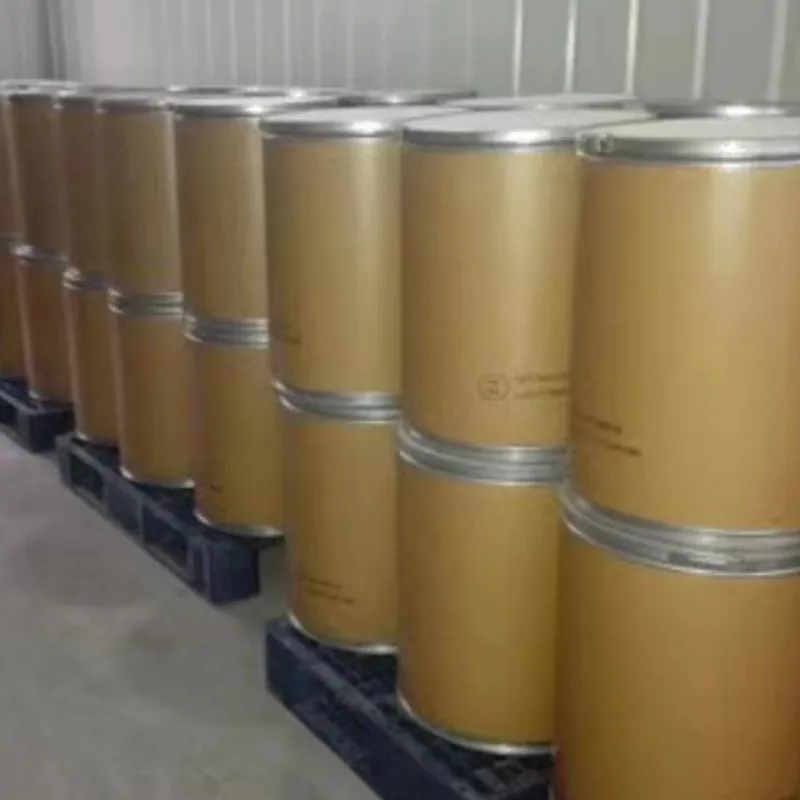
phosphoric acid solution
Understanding Phosphoric Acid Solutions Properties and Applications
Phosphoric acid, a colorless and odorless acid, is one of the most widely used inorganic acids in various industries. With the chemical formula H₃PO₄, it is known for its versatility, which stems from its ability to form phosphates. When diluted with water, phosphoric acid forms a solution that is used in a myriad of applications ranging from food production to industrial chemical processes.
Properties of Phosphoric Acid Solutions
Phosphoric acid is classified as a triprotic acid, meaning it can donate three protons (H⁺ ions) when dissolved in water. This property gives phosphoric acid unique characteristics in terms of its reactivity and the formation of different phosphate ions, such as dihydrogen phosphate (H₂PO₄⁻) and hydrogen phosphate (HPO₄²⁻) in solution. As a result, these solutions can demonstrate varying pH levels that are essential for specific applications.
The pH of a phosphoric acid solution is influenced by the concentration of the acid and the degree to which the protons dissociate in solution. A concentrated phosphoric acid solution typically has a pH of around 1-2, making it quite acidic. However, when diluted, the pH can rise significantly, making it suitable for applications that require lower acidity levels.
Industrial Applications
Phosphoric acid solutions are widely used in agriculture, primarily as fertilizers. Phosphates derived from phosphoric acid are vital nutrients for plants, playing an essential role in energy transfer, photosynthesis, and nutrient transport. Phosphoric acid is often converted into various phosphate fertilizers, such as monoammonium phosphate (MAP) and diammonium phosphate (DAP), which are critical for improving soil fertility and crop yields.
phosphoric acid solution

In the food industry, food-grade phosphoric acid solutions serve as acidulants. They are commonly used in soft drinks and processed foods to provide a tangy flavor and enhance preservation. Additionally, phosphoric acid is used as a pH control agent in various food products, helping to maintain stability and safety.
Phosphoric acid solutions also find extensive applications in the dental and medical fields. They are employed in dental etching processes to prepare enamel surfaces for bonding dental materials. Moreover, phosphoric acid is utilized in the manufacturing of various pharmaceuticals, where it acts as an acidity regulator and stabilizer.
Phosphoric Acid in Metal Treatment
Another significant application of phosphoric acid solutions is in metal treatment. Phosphoric acid is effective in removing rust and corrosion from metal surfaces. When used in a diluted solution, it reacts with iron oxide (rust) to form a soluble compound, allowing for easier removal. This property is particularly valued in industries that require clean and prepared metal surfaces for coatings and further treatments.
Moreover, phosphoric acid is used in the passivation of stainless steel, where it enhances the formation of a protective oxide layer on the metal surface. This process helps to improve the corrosion resistance of stainless steel significantly.
Conclusion
Phosphoric acid solutions are indispensable in various sectors, including agriculture, food production, pharmaceuticals, and metal treatment. Their diverse properties make them essential for numerous industrial processes, contributing to enhanced crop yields, improved food safety, and effective metal cleaning. As industries continue to evolve, the importance of phosphoric acid solutions is likely to grow, reinforcing their status as a critical chemical in the global economy. Understanding the properties and applications of these solutions allows for better utilization and innovation in their respective fields.
-
The Safety Challenges of Ammonium Nitrate FertilizerNewsJun.26,2025
-
The Critical Role of Mining ChemicalsNewsJun.26,2025
-
Shelf Life of Glacial Acetic Acid Food GradeNewsJun.26,2025
-
Enhancing PVC Longevity with 1,2,3-Benzotriazole InnovationsNewsJun.26,2025
-
China’s Dominance in Food Additive ProductionNewsJun.26,2025
-
Can Aluminum Hydroxide Replace More Toxic Alternatives?NewsJun.26,2025
-
PE and PP Plastics with Benzotriazole AdditivesNewsJun.12,2025
Hebei Tenger Chemical Technology Co., Ltd. focuses on the chemical industry and is committed to the export service of chemical raw materials.
-

view more DiethanolisopropanolamineIn the ever-growing field of chemical solutions, diethanolisopropanolamine (DEIPA) stands out as a versatile and important compound. Due to its unique chemical structure and properties, DEIPA is of interest to various industries including construction, personal care, and agriculture. -

view more TriisopropanolamineTriisopropanolamine (TIPA) alkanol amine substance, is a kind of alcohol amine compound with amino and alcohol hydroxyl, and because of its molecules contains both amino and hydroxyl. -

view more Tetramethyl Thiuram DisulfideTetramethyl thiuram disulfide, also known as TMTD, is a white to light-yellow powder with a distinct sulfur-like odor. It is soluble in organic solvents such as benzene, acetone, and ethyl acetate, making it highly versatile for use in different formulations. TMTD is known for its excellent vulcanization acceleration properties, which makes it a key ingredient in the production of rubber products. Additionally, it acts as an effective fungicide and bactericide, making it valuable in agricultural applications. Its high purity and stability ensure consistent performance, making it a preferred choice for manufacturers across various industries.











